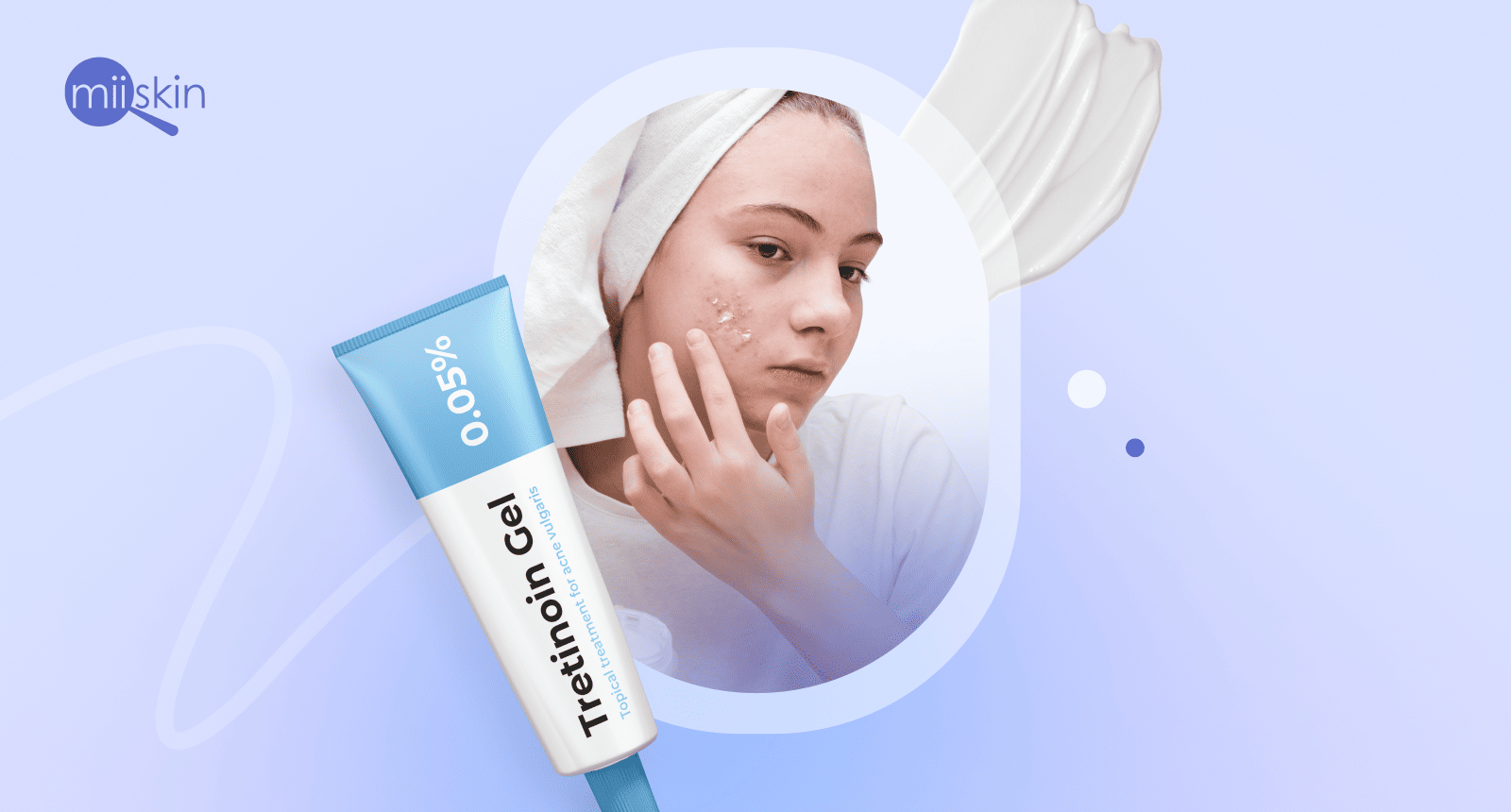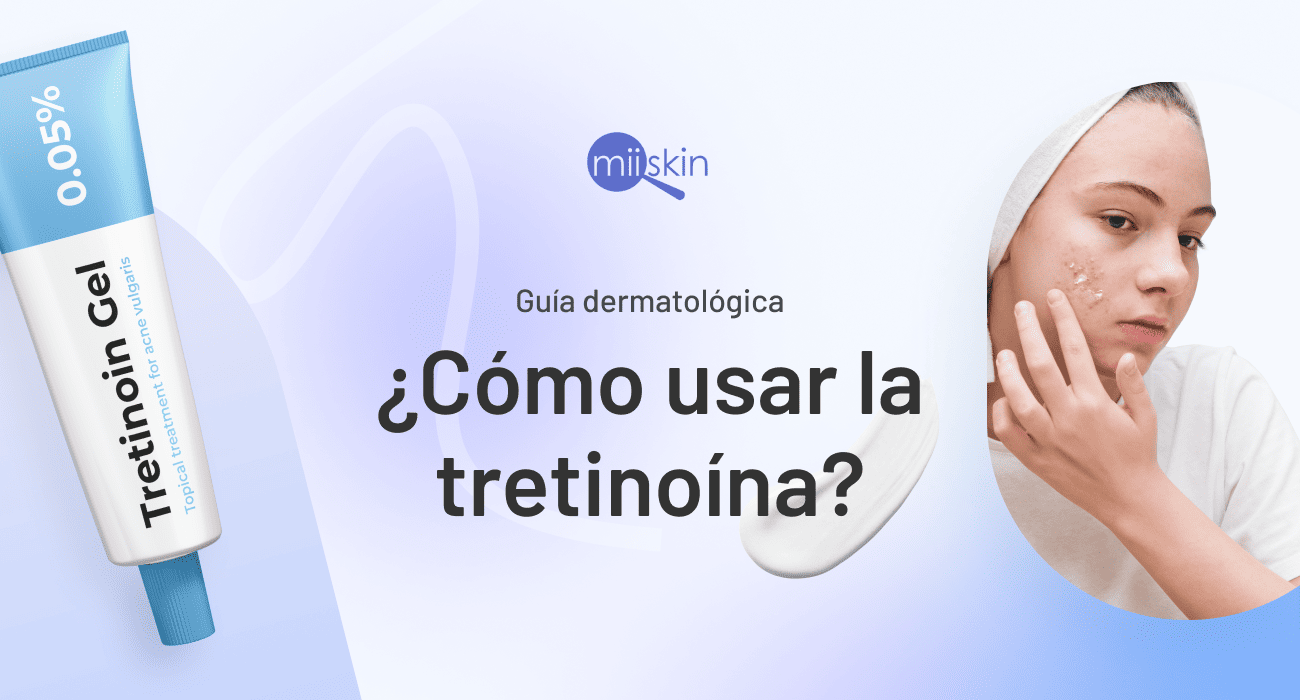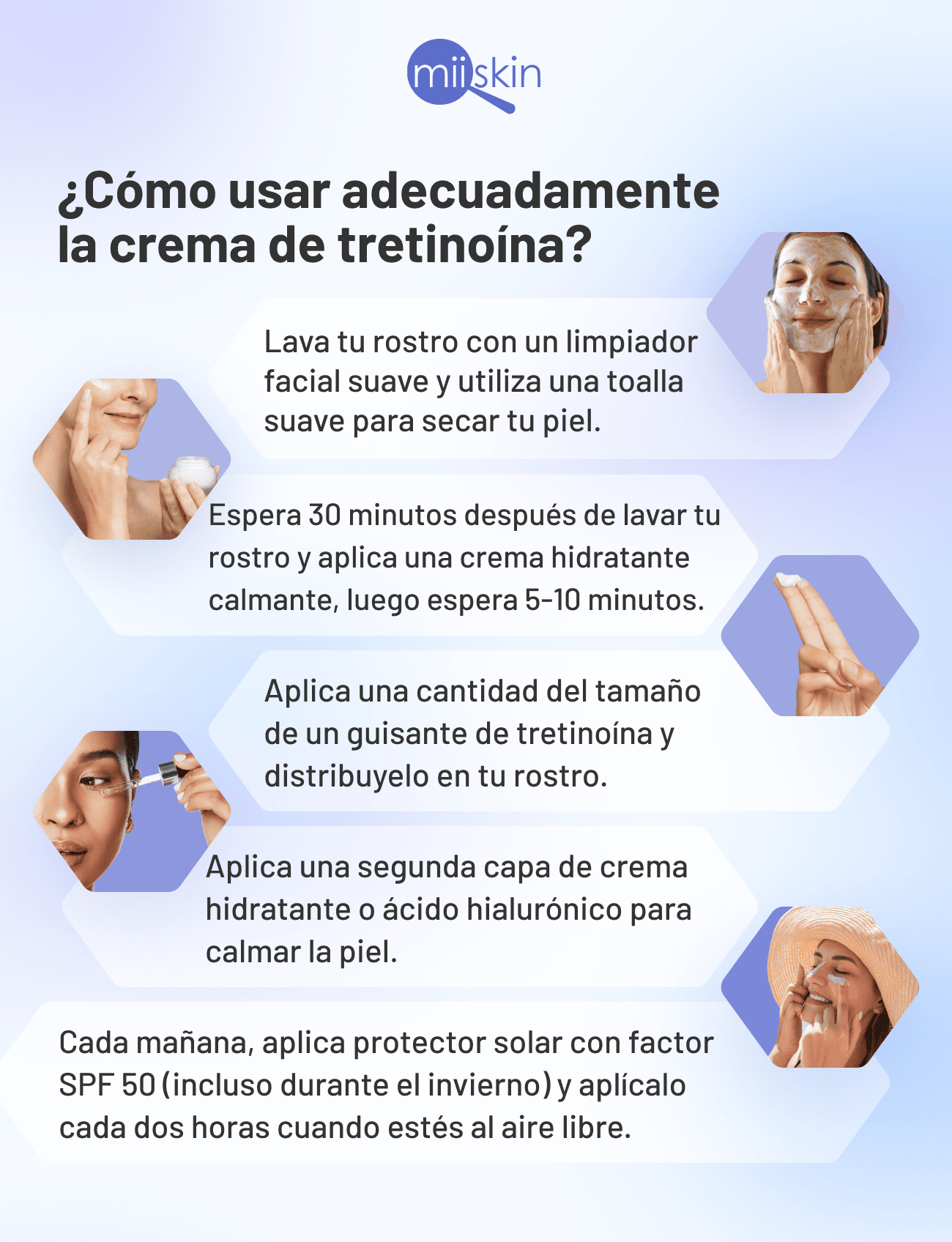Let me tell you something, tretinoin is one of those skincare game-changers that people talk about in hushed tones, like it's some kind of secret weapon. But here's the deal, it's not a secret anymore. Tretinoin, also known as Retin-A, is a powerful ingredient that can transform your skin, but only if you know how to use it properly. If you're thinking about giving tretinoin a try, or you've already been prescribed it, this guide is exactly what you need. We’re about to break it down step by step, so you can get the most out of this amazing treatment.
Now, let's get real for a second. Tretinoin isn't like your everyday moisturizer or serum. It's a prescription medication that requires a bit of know-how to use effectively. If you jump in without understanding how it works, you might end up with more problems than solutions. But don't worry, that's why we're here. We'll walk you through everything you need to know, from the benefits to potential side effects and everything in between.
So, grab a cup of coffee, sit back, and let’s dive deep into the world of tretinoin. By the end of this article, you'll be an expert on how to use it safely and effectively. Let’s get started!
Table of Contents
- What is Tretinoin?
- Benefits of Tretinoin
- How to Use Tretinoin
- Side Effects of Tretinoin
- Tips for Beginners
- Common Mistakes to Avoid
- Long-Term Use of Tretinoin
- Alternative Options
- Frequently Asked Questions
- Conclusion
What is Tretinoin?
Tretinoin, also known as all-trans retinoic acid, is a form of vitamin A that's used to treat acne, fine lines, and uneven skin tone. It's been around for decades and is considered one of the most effective treatments for these skin concerns. But here's the thing, tretinoin isn't just some random skincare product. It's a prescription medication that works by speeding up cell turnover, unclogging pores, and stimulating collagen production. Pretty cool, right?
How Tretinoin Works
Let's break it down a bit more. Tretinoin works by getting deep into your skin and doing some serious work. It increases the rate at which your skin cells renew themselves, which helps to clear out clogged pores and reduce the appearance of fine lines and wrinkles. Plus, it boosts collagen production, which helps to firm up your skin and give it a more youthful appearance.
Benefits of Tretinoin
So, why should you even bother with tretinoin? Well, there are plenty of reasons. First off, it's incredibly effective at treating acne. Whether you're dealing with blackheads, whiteheads, or inflammatory acne, tretinoin can help clear it up. But that's not all. It also helps to reduce the appearance of fine lines and wrinkles, making it a great anti-aging treatment. And if you've got uneven skin tone or hyperpigmentation, tretinoin can help with that too.
Key Benefits:
- Treats acne
- Reduces fine lines and wrinkles
- Improves skin texture
- Even out skin tone
- Boosts collagen production
How to Use Tretinoin
Alright, so you've decided to give tretinoin a try. Now what? Well, the first thing you need to do is talk to your dermatologist. They'll be able to prescribe the right formulation and concentration for your skin type. Once you've got your prescription, it's time to start using it. But here's the thing, you can't just slap it on and expect miracles. You need to follow a specific routine to get the best results.
Step-by-Step Guide:
- Cleanse your face with a gentle cleanser
- Wait a few minutes to let your skin dry
- Apply a pea-sized amount of tretinoin to your face
- Follow up with a moisturizer to prevent dryness
- Use sunscreen during the day to protect your skin
Side Effects of Tretinoin
Now, let's talk about the potential side effects. Tretinoin is a powerful medication, and like any medication, it can cause some side effects. The most common ones include redness, peeling, and dryness. Some people may also experience irritation or sensitivity. But here's the thing, most of these side effects are temporary and will go away as your skin gets used to the treatment.
Managing Side Effects:
- Start with a lower concentration
- Use it less frequently at first
- Moisturize regularly
- Avoid harsh products
Tips for Beginners
If you're new to tretinoin, there are a few things you should keep in mind. First off, don't overdo it. Start with a lower concentration and use it less frequently. This will give your skin time to adjust and reduce the risk of side effects. Secondly, always use sunscreen during the day. Tretinoin can make your skin more sensitive to the sun, so it's important to protect it. And finally, be patient. It can take several weeks or even months to see the full benefits of tretinoin.
Common Mistakes to Avoid
There are a few common mistakes that people make when using tretinoin. One of the biggest ones is using too much too soon. This can lead to irritation and other side effects. Another mistake is not using sunscreen. As we mentioned earlier, tretinoin can make your skin more sensitive to the sun, so it's crucial to protect it. Lastly, don't mix it with other active ingredients, like benzoyl peroxide or AHAs, without consulting your dermatologist.
Mistakes to Avoid:
- Using too much too soon
- Not using sunscreen
- Mixing with other active ingredients
Long-Term Use of Tretinoin
So, what happens if you use tretinoin for a long time? Well, the good news is that it can continue to improve your skin over time. Many people use it for years and see continued benefits. However, it's important to have regular check-ins with your dermatologist to make sure it's still the right treatment for you. And if you do experience any side effects, don't hesitate to reach out to your doctor.
Alternative Options
Not everyone can use tretinoin, and that's okay. There are plenty of alternative options out there. Over-the-counter retinoids, like adapalene or retinol, can be a great option for those who can't tolerate tretinoin. They may not be as strong, but they can still provide similar benefits. And if you're looking for something even gentler, there are plenty of other skincare ingredients that can help improve your skin.
Frequently Asked Questions
Let's answer some of the most common questions about tretinoin.
Q: Can I use tretinoin every day?
A: It depends on your skin type and how well you tolerate it. Some people can use it every day, while others may need to use it every other day or even less frequently.
Q: How long does it take to see results?
A: It can take several weeks or even months to see the full benefits of tretinoin. Be patient and consistent with your routine.
Q: Can I use tretinoin with other skincare products?
A: It's best to avoid using it with other active ingredients without consulting your dermatologist. Stick to gentle, non-irritating products to reduce the risk of side effects.
Conclusion
Alright, so there you have it, everything you need to know about how to use tretinoin. It's a powerful treatment that can transform your skin, but only if you use it correctly. Remember to start slow, be patient, and always protect your skin with sunscreen. And if you ever have any questions or concerns, don't hesitate to reach out to your dermatologist.
Now, it's your turn. Have you tried tretinoin? What was your experience like? Let us know in the comments below. And if you found this article helpful, don't forget to share it with your friends. Together, let's spread the word about this amazing skincare treatment.
References:
- American Academy of Dermatology
- Mayo Clinic
- Journal of Clinical and Aesthetic Dermatology


